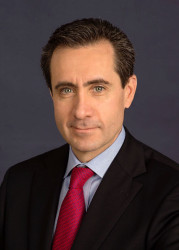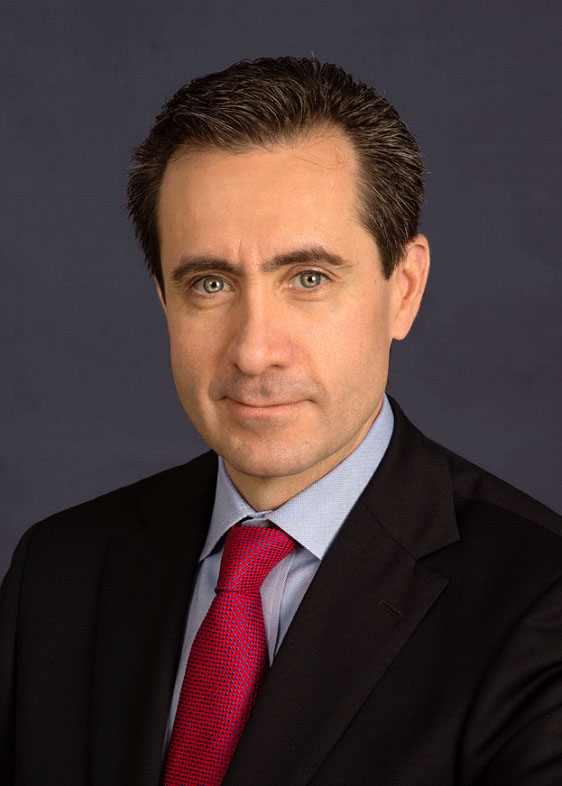By Jorge Familiar
Jorge Familiar is Vice President of the World Bank for Latin America and the Caribbean
In the future, when we assess Latin America’s history at the turn of the century, the salient feature will certainly be an economic boom that triggered profound social change. In fact, the face of Latin America changed substantially between 2003 and 2013. Extreme poverty was cut in half and, for the first time in history, the number of middle-class Latin Americans exceeded the number of those living in poverty.

But does this history reflect the experience of the 42 million indigenous people who live in Latin America today?
According to the World Bank’s new study, “Indigenous Latin America in the Twenty-First Century,” the answer is yes in some but not all areas.
Latin America’s indigenous peoples have made great progress in reducing poverty and gaining access to basic services. In Peru and Bolivia, for example, about one-third and one-fourth of the indigenous households escaped poverty, respectively. Their access to electricity increased by almost 50 percent in countries such as Panama and Peru; and access to education became what is likely the most important accomplishment of the decade. In fact, Ecuador, Mexico, and Nicaragua have closed the primary school attendance gap between indigenous and non-indigenous children.
Despite the accomplishments and progress, much remains to be done. The available information and data point to a situation of exclusion. Although indigenous communities account for 8 per cent of the region’s total population, they make up 14 per cent of the poor and 17 per cent of the extremely poor. This is clearly unacceptable.
Contrary to what might be expected, today nearly half of the indigenous people live in urban areas. In those environments, they tend to be in more precarious and unhealthful conditions, and more vulnerable to natural disasters, than other urban residents. And in the rural areas, which are still home to most of the indigenous peoples (60 per cent in countries such as Brazil, Colombia, Ecuador, Honduras, and Panama), they are more disadvantaged and have much lower levels of access to public services.
To achieve our goals of ending extreme poverty and promoting growth with equity, we must make a special effort, acting from an informed perspective, to include the indigenous population as well as other groups of Latin Americans who currently face exclusion.
To understand and better serve the indigenous peoples’ needs, it is essential to take their own view of development into account. In our consultations and dialogue with indigenous peoples, we have learned that respecting their cultural identity does not preclude the creation of opportunities for all and the quest for well-being.
Therefore, improving the quality of life of indigenous populations must include policies that take into account their voices, cultures, and identities, as well as a frontal fight against exclusion. Empowerment of women will be vital, along with greater access by indigenous children and youth to quality bilingual education. Only then, will we be able to increase the opportunities for all Latin Americans to succeed in the future; a future in which the region’s face continues to change for the better without leaving any group behind.

